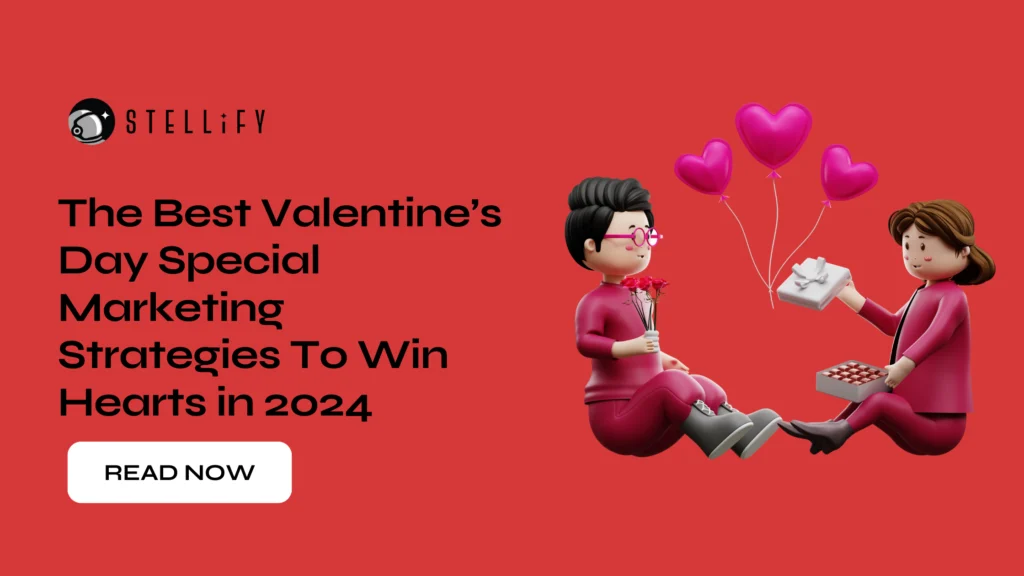Did you know that the average human attention span has plummeted to a mere 8 seconds?
In this hyper-connected digital era, where users are bombarded with an overwhelming amount of information, capturing their attention and making a strong impact from the moment they land on your website has become more critical than ever.
To stand out from the crowd and engage your audience on a deeper level, incorporating neuromarketing elements into your web design can be a game-changer.
Understanding the science behind consumer behavior and cognitive responses can help you create a website that not only captivates visitors but also compels them to take action. Here are 09 elements for it:
- Colors that Speak Volumes
Colors have a profound impact on human emotions and can significantly influence user behavior.
For instance, studies have shown that the color red can evoke a sense of urgency and encourage impulse purchases, while blue is often associated with trust and reliability.
Incorporating color psychology into your web design can guide users’ emotions and shape their perceptions of your brand. Remember to consider your target audience and the emotions you want to evoke when selecting a color palette for your website.
- The Power of Storytelling
Humans are hardwired to respond to stories.
Incorporating storytelling elements into your web design can create a powerful emotional connection with users.
Writing compelling narratives that highlight your brand’s values and mission can engage users on a deeper level. Incorporate storytelling techniques such as relatable characters, plot development, and emotional arcs to create a memorable and immersive experience for your visitors.
- The Science of Simplicity
In a world saturated with information, simplicity is key.
Research indicates that excessive complexity can overwhelm users, leading to a higher bounce rate.
Embracing minimalistic design principles can streamline your website and provide a more pleasant user experience. Keep your layout clean, use ample whitespace, and prioritize essential information to guide users’ attention and make it easier for them to navigate your website.
- Harnessing the Power of Social Proof
Humans are social creatures, and we tend to trust recommendations from others.
Incorporating social proof elements into your web design, such as testimonials, customer reviews, and social media integration can build trust and credibility with your audience.
According to a recent survey, 84% of consumers trust online reviews as much as personal recommendations. Leverage this powerful psychological trigger to influence user behavior positively.
- Personalization to Build Connection
One size doesn’t fit all in the world of web design.
Users crave personalized experiences that cater to their specific needs and preferences.
A scientific study has shown 71% of users expect businesses to deliver personalized experiences. Leveraging user data and employing personalization techniques, such as dynamic content and tailored recommendations, you can create a customized journey for each user.
- The Role of Visual Hierarchy
Visual hierarchy plays a crucial role in guiding users’ attention and helping them navigate through your website seamlessly.
Implementing the principles of visual hierarchy, such as size, color contrast, and positioning, you can direct users’ focus to key elements and call-to-action buttons.
Research has shown that users tend to follow an “F-shaped” reading pattern, scanning the top and left sides of a webpage more extensively. Placing important information and elements strategically in these areas can increase their visibility and ensure they capture users’ attention.
- The Psychology of Scarcity
Scarcity is a powerful psychological trigger that can drive user behavior.
By creating a sense of limited availability or time-bound offers, you can instill a fear of missing out (FOMO) in users, motivating them to take immediate action.
Add elements such as countdown timers, limited stock notifications, or exclusive offers to tap into this psychological principle and boost user engagement and conversions.
- The Impact of Social Influence
Humans are influenced by the actions and opinions of others, a phenomenon known as social influence.
Incorporating social influence elements, such as social sharing buttons, user-generated content, and influencer endorsements, can enhance your web design and encourage users to engage and share your content. Research suggests that 71% of consumers are more likely to make a purchase based on social media referrals, highlighting the power of social influence in driving user engagement and conversions.
- The Importance of Mobile Optimization
In today’s mobile-centric world, optimizing your website for mobile devices is no longer a choice but a necessity.
With mobile users surpassing desktop users, businesses must ensure their web design is responsive and provides a seamless experience across various devices.
Implementing mobile-friendly design elements, such as simplified navigation, touch-friendly buttons, and fast loading speeds, can significantly enhance user engagement and improve conversion rates.





